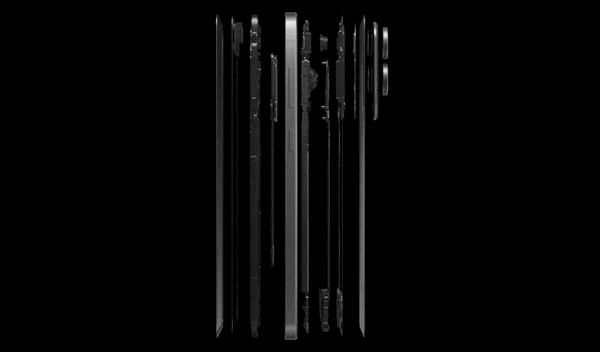
Samsung has shaken up the smartphone market with the Galaxy S25 Edge , the thinnest bar phone in the Galaxy line at just 5.8mm thick, while still packing flagship specs, a high-quality camera, and a 3,900mAh battery.

Do you think it's the thinnest smartphone? If so, you're dead wrong. By any definition, the S25 Edge doesn't claim the title.
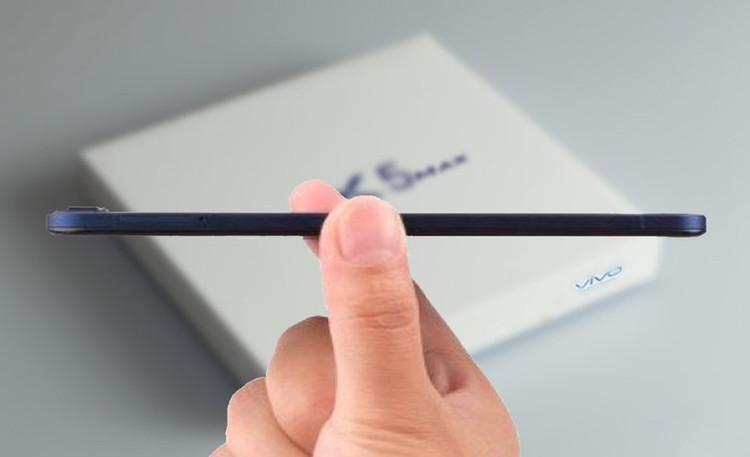
In fact, this title belongs to the vivo X5 Max launched 11 years ago with a thickness of only 4.75mm, proving that the ultra-thin design race started a long time ago.
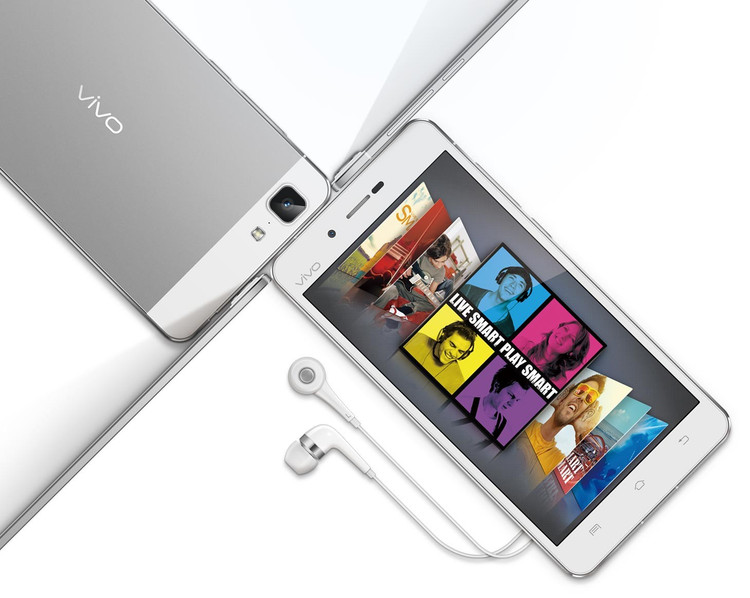
In fact, the race for smartphone thinness has been going on for a long time, even before the Galaxy S25 Edge or iPhone Air appeared. Vivo X5 Max is the record holder with a unibody metal design, only 4.75mm thick, an incredible number that even modern flagships find difficult to achieve.

To achieve this impressive thinness, Vivo has optimized every detail inside, including a Super AMOLED display that is only 1.36mm thick, one of the thinnest panels ever produced.

Despite its fragility, the vivo X5 Max still packs all the necessary features, from a 5.5-inch Full HD screen, Snapdragon 615 chip, 2GB RAM to 16GB internal memory. Interestingly, despite being thinner than the OPPO R5 (4.85mm), the vivo X5 Max still retains the 3.5mm headphone jack, a rare detail for ultra-thin smartphones at that time.
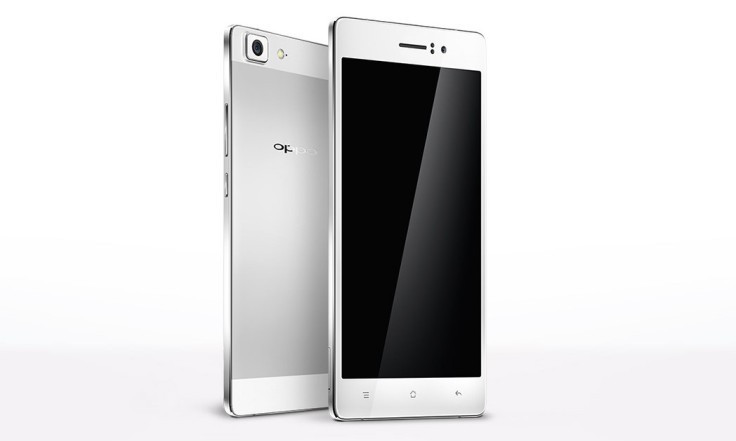
Not only vivo X5 Max, the ultra-thin smartphone race has recorded many other prominent names. OPPO R5, launched not long before in October 2014, with a thickness of 4.85mm also held the title of " world's thinnest smartphone". Despite having a monolithic metal design and a 5.2-inch AMOLED screen, the R5 had to sacrifice the headphone jack to achieve this impressive thinness.

Another device is the Wiko Highway Pure, launched in 2015 with a thickness of 5.1mm and a weight of only 98g, impressing with its lightweight design but still possessing a sharp AMOLED screen.
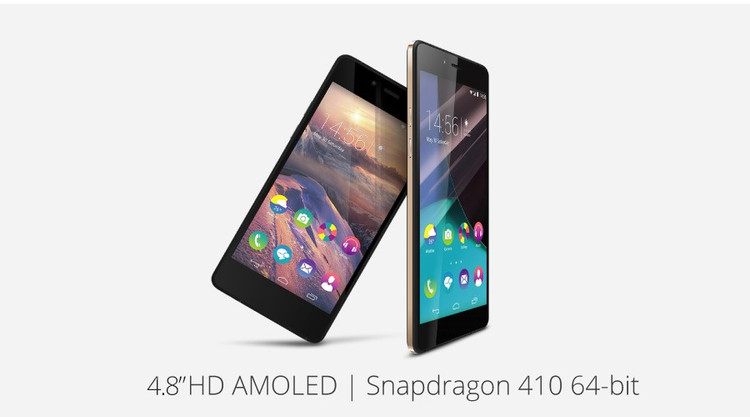
Wiko's configuration is also not easy to underestimate when it owns a 64-bit Snapdragon 410 4-core chip, 2GB RAM and 16GB internal memory. The front camera has a resolution of 5 megapixels with many skin and face editing modes, supporting selfies, and the rear camera is 8 megapixels. The screen is only modest at 4.8" with a metal frame with 2 glass sides and weighs only 100g.
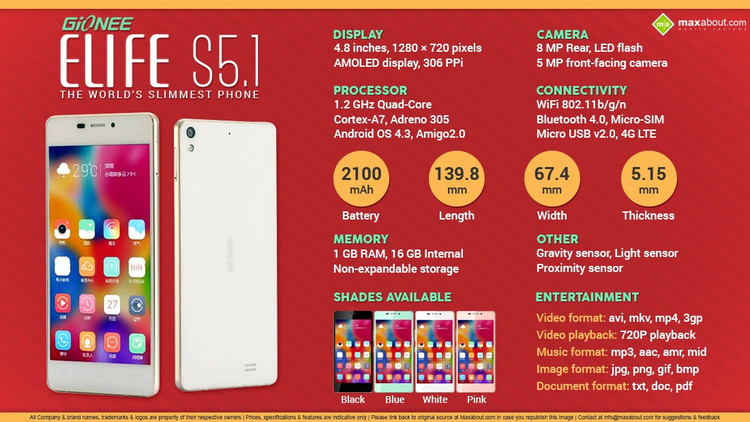
Not even Samsung's representative yet. There are many in the front row, at least the Gionee duo. Gionee Elife s5.1 and 5.5 don't need to talk about thickness. They use it in their names to easily "show off" that they are the "thinnest" at the time of launch in 2014. They even have Elife S7 with a thickness of 5.5mm.
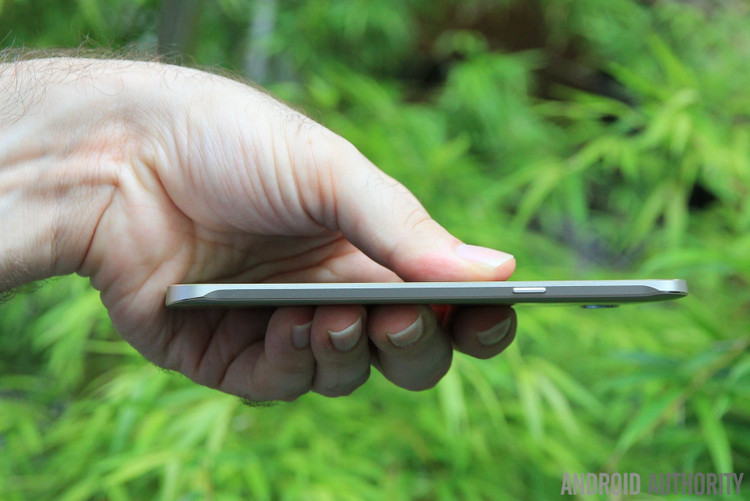
Samsung introduced the Galaxy A8 in 2015, measuring just 5.9mm thick, making it the thinnest phone the company had ever produced before the S25 Edge took the crown. With its unibody metal design, Super AMOLED display, and 16MP camera, the Galaxy A8 represented a clear shift in Samsung's philosophy towards thin and light design.

It is easy to see that the trend of ultra-thin phones was a fierce race in the period of 2014 - 2015, when many technology companies continuously broke the limit of device thinness. However, the need for larger battery capacity and the development of complex features caused this trend to gradually subside in the following years.
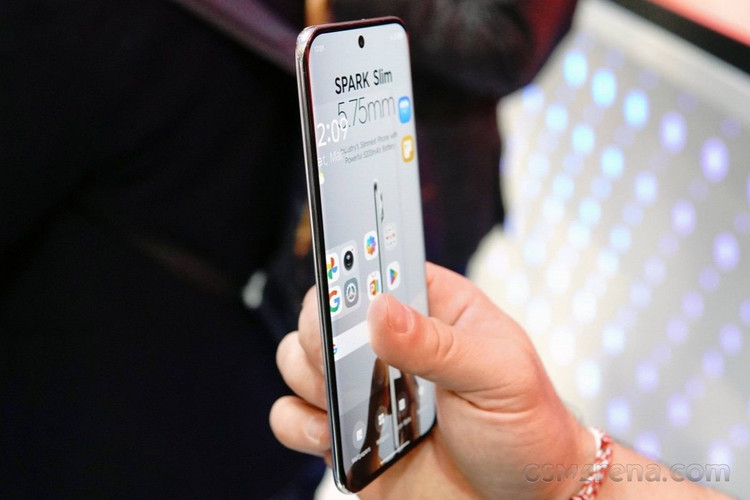
The emergence of the Galaxy S25 Edge and rumors of the iPhone Air or the Techno Spark Slim with a thickness of only 5.75 mm etc. show that this race may be back, but with a better balance between design, performance and battery life, especially at a time when silicon-carbon battery technology is developing very strongly.
Source: https://khoahocdoisong.vn/su-that-bat-ngo-do-mong-cua-samsung-s25-edge-nghe-ma-soc-post1541531.html








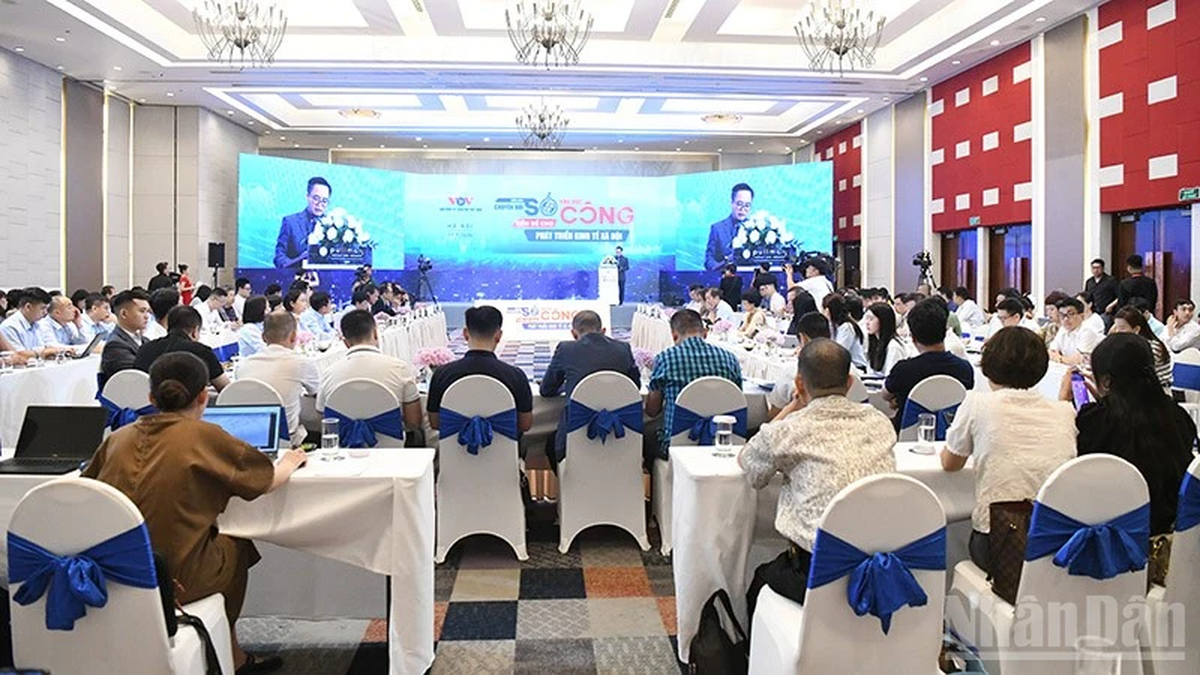














































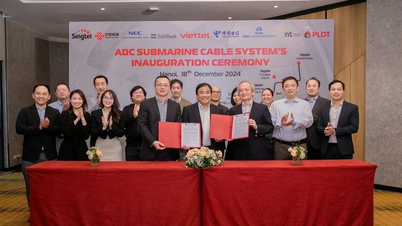



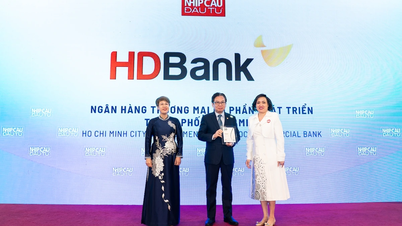








































Comment (0)